Mercado de máquinas e instalaciones usadas
Máquinas usadas Presses with mechanical driving
Mechanically driven presses are a type of press that are operated by the use of mechanical forces. Unlike hydraulic presses, which are driven by fluid or oil, mechanical presses use a combination of levers, gears, cranks, or other mechanical elements to generate the force necessary to process the material. There are several types of mechanical presses, such as: Eccentric presses: This type of mechanical press uses an eccentric shaft to create an oscillating motion that drives a rod or punch to work the material. Toggle presses: This type of press uses a toggle design in which a lever is connected at one end to a punch or die, while the other end is operated by a foot pedal or electric actuator. Screw presses: These presses use a screw to generate the force necessary to work the material. Hydraulic presses with mechanical drive: this type of press combines mechanical drive with hydraulic cylinders to generate additional force. Mechanical presses are typically available in smaller sizes than hydraulic presses, and they tend to be less expensive. They are ideal for processing lower density or thinner materials, such as paper, plastic films, or thinner sheets. They are also ideal for smaller batches or custom jobs where large quantities are not required. However, mechanical presses also have some disadvantages, such as the limited force they can generate and the fact that they are often noisier and less precise than hydraulic presses.

|

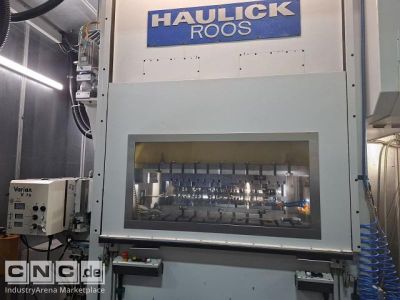
|

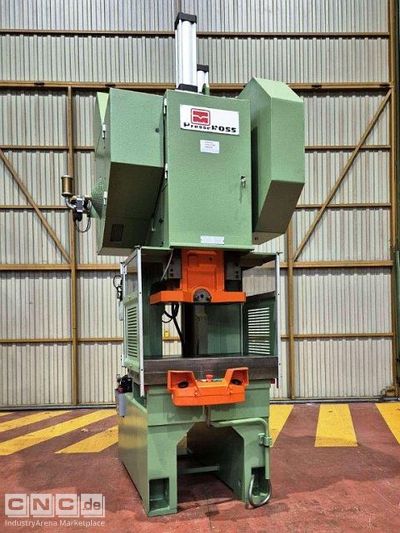
|

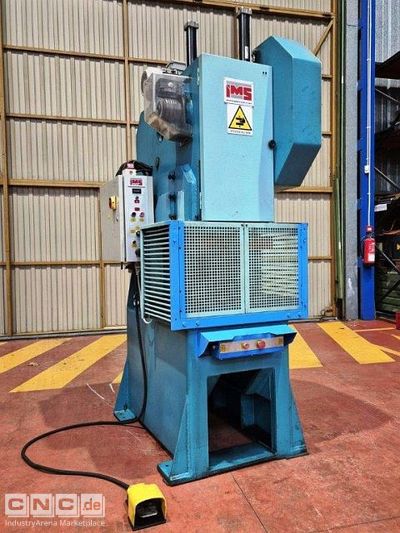
|

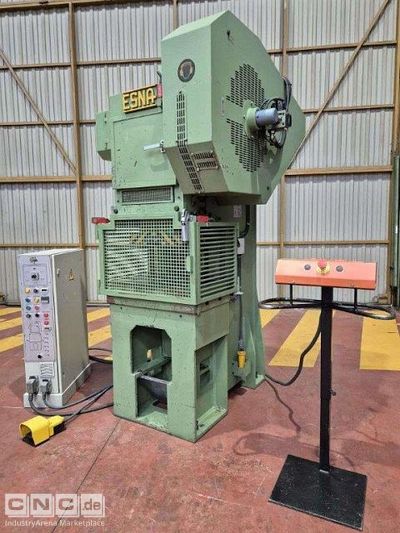
|

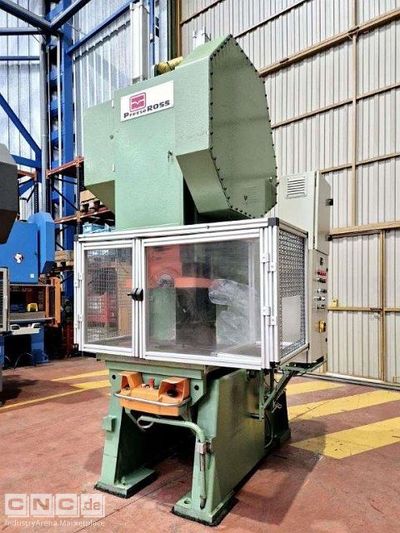
|


|

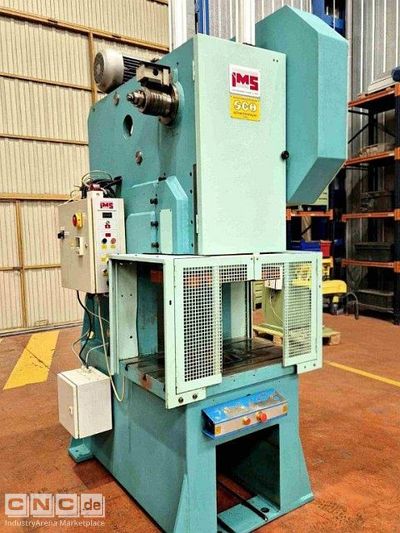
|

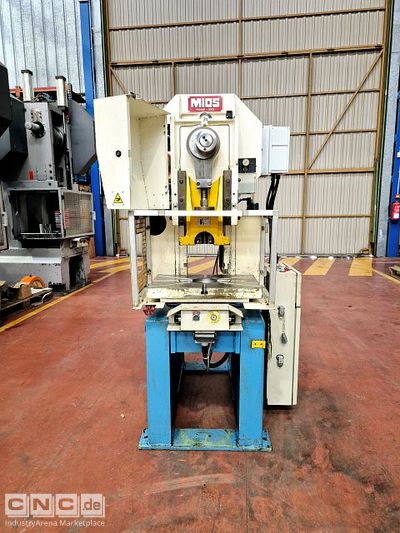
|

|
Ninguna fotografía disponible |

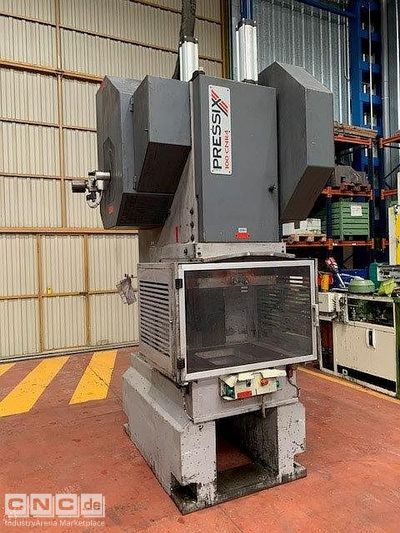
|


|


|

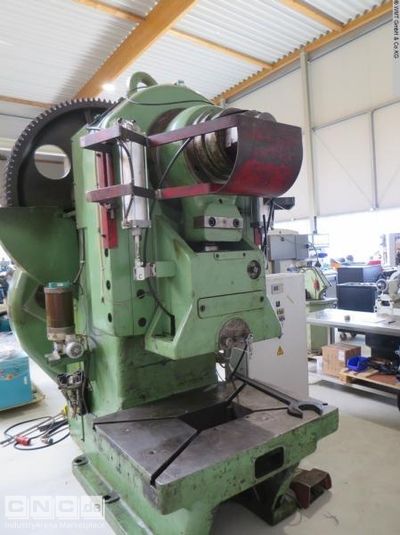
|


|


|

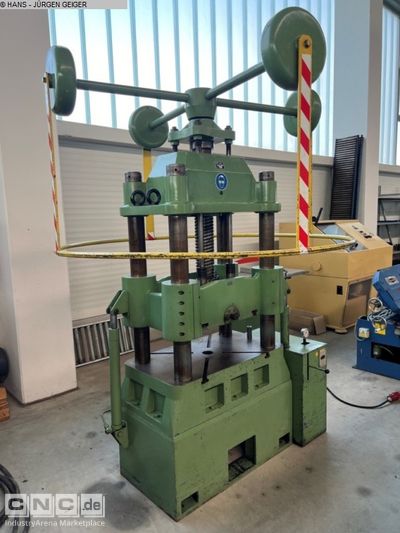
|

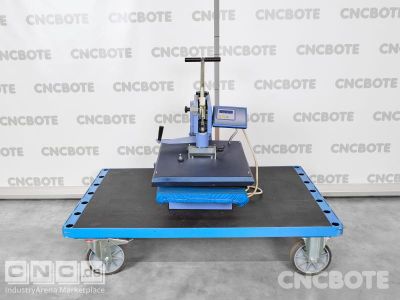
|

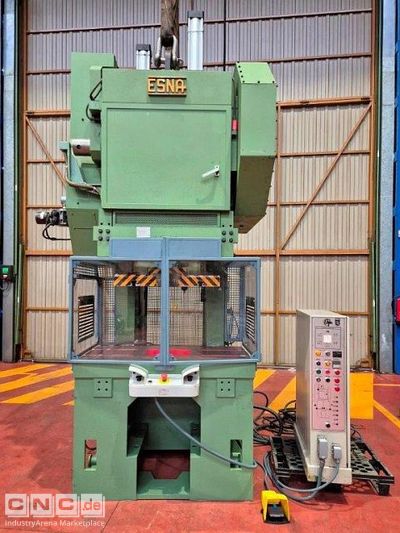
|


|

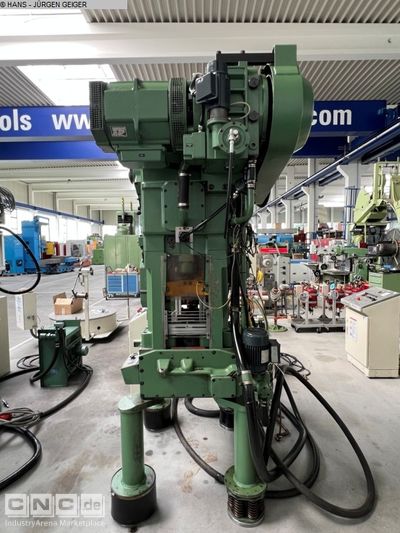
|

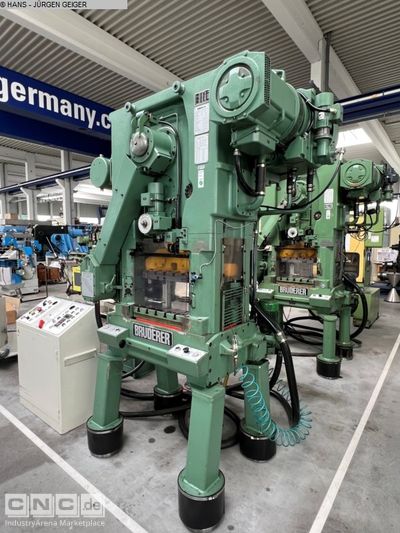
|

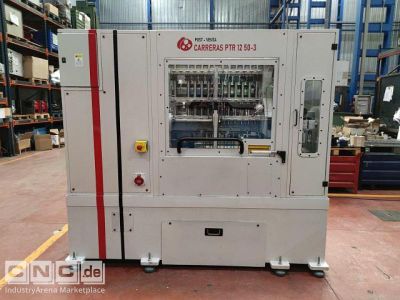
|


|


|

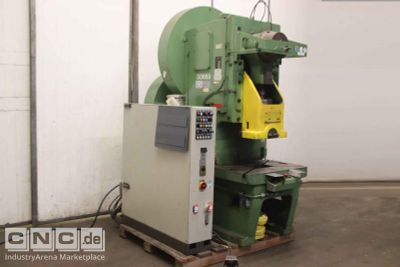
|

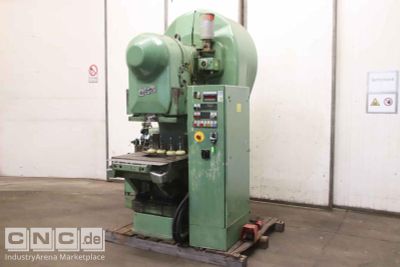
|

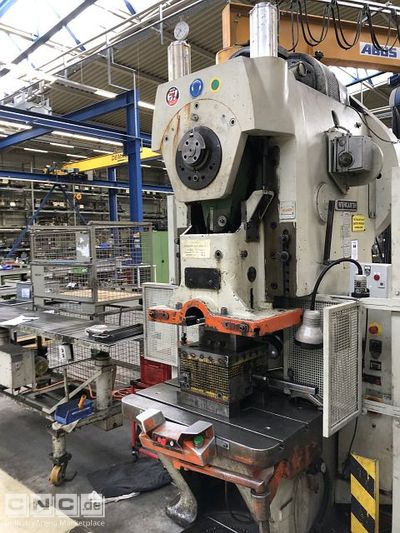
|

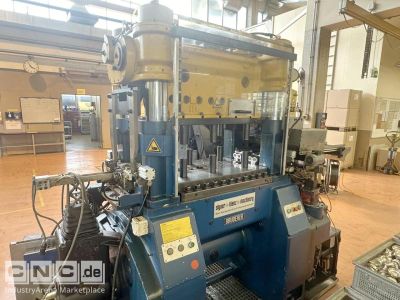
|

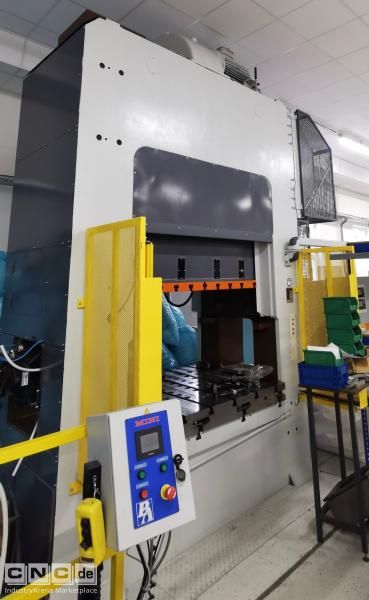
|











